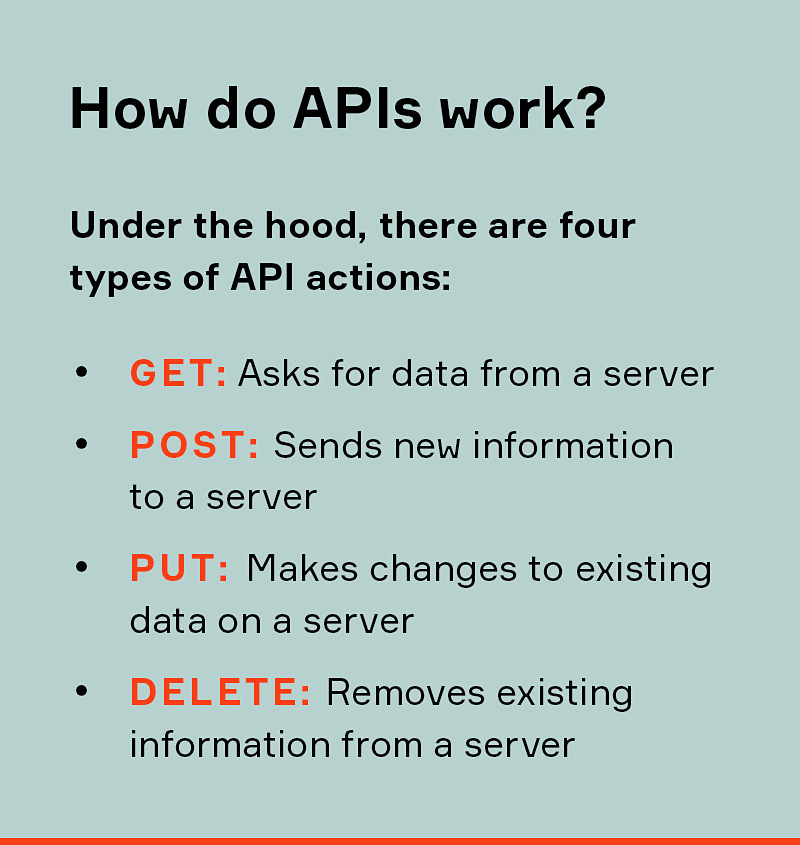An application programming interface (API) is the software that enables applications or parts of applications to talk to each other. APIs are typically included in software development kits (SDKs), the prefabricated building blocks that give developers
a leg up on creating new applications.
In today’s highly interconnected world, APIs have become so important and valuable that they have morphed into a revenue-generating product for popular e-commerce or web-centric companies like Google, Amazon, eBay and Salesforce. For example, websites
pay Google for the API that enables them to host Google maps, or they pay the Weather Channel for an API that allows their website to provide weather data.
Think about using a travel site like Expedia or Kayak. You are able to connect with airline reservation systems, book a hotel room, reserve a rental car or buy tickets to an event — all from one website, with one seamless experience. That is the
power of APIs, which enable all of these distinct businesses to connect, share information and conduct transactions.
APIs also play a role in security because they are used to control access to devices and software functions. We are all familiar with the scenario in which you browse a website and it asks to access your location. The only way that an application can
access your information is via a location API, and you have the power to accept or deny that request.
In the automotive world, APIs are the hooks that allow vehicle applications to interact with other applications or software platforms. An advanced driver-assistance system (ADAS) platform, for example, could make APIs available to applications that perform specific functions, allowing those applications to retrieve information about the current environment around the vehicle and
then make decisions based on that information.
Consider L2+ hands-free driving, where the driver is responsible for monitoring the vehicle, but not physically in control of the car. An automotive API could allow the infotainment system to access information from the ADAS system and visualize it on the vehicle cluster or center display. The display could present information such as what the vehicle sensors are seeing in the environment around it, which builds trust in the system’s performance (see figures for examples).
How prevalent are APIs?
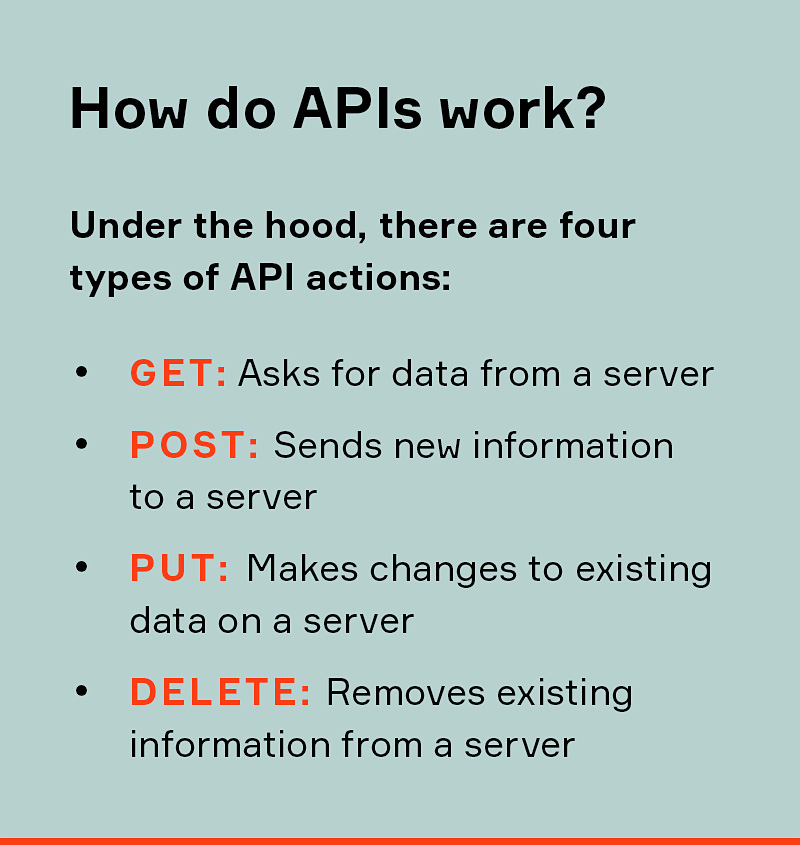
APIs have always been an integral part of the developer toolkit. Initially, they were used to connect code components within a monolithic application running on a single server.
Today, applications have been disaggregated — they have been virtualized and containerized, and sliced into microservices. Parts of an app might run in the cloud or in a software-as-a-service (SaaS) environment. A modern application might contain
hundreds of APIs that provide internal links to help organize code and make components more reusable, as well as public APIs that allow developers to tap into third-party functionality.
This explosion of APIs has consistently led to a surge of innovation across industries, allowing third parties to more easily add value to the most popular software platforms. As the automotive industry moves quickly down this path, we can expect similar
increases in innovation as the mobility ecosystem expands.
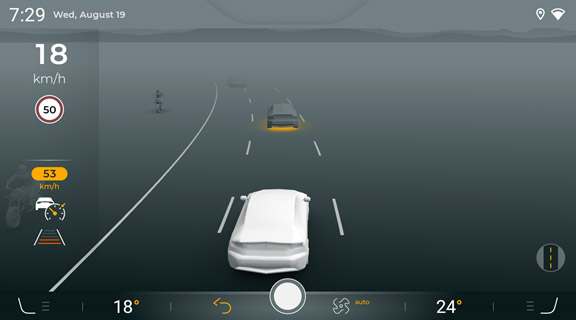
Figure 1. L2+ hands-free highway driving view showing the system
has detected the vehicle ahead.
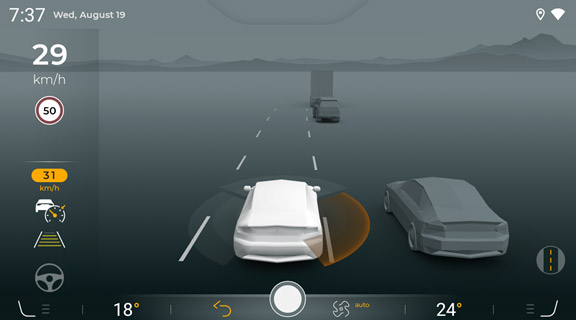
Figure 2. Blind spot warning visualization.
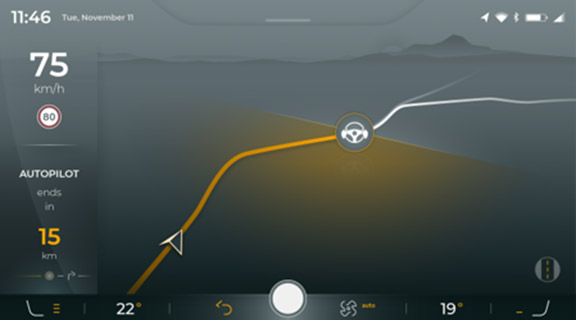
Figure 3. Visualization of where the vehicle anticipates the driver
will need to resume control.
